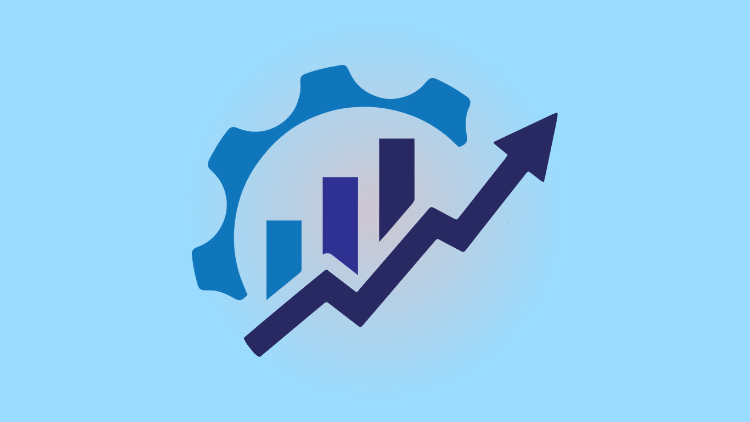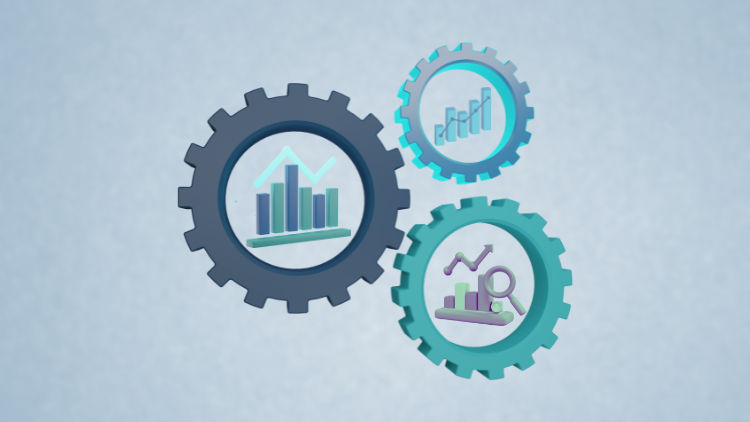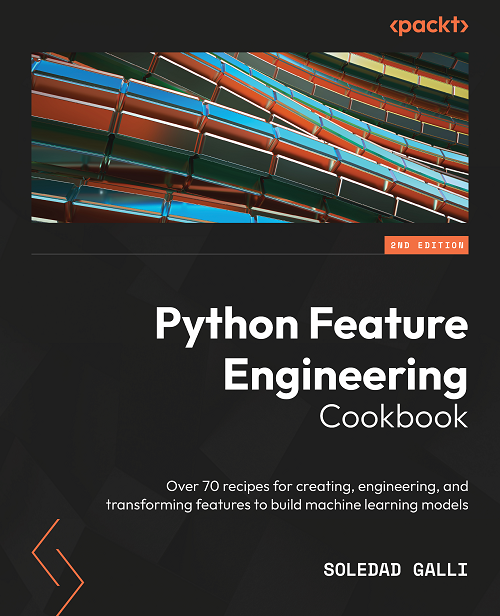make_pipeline#
make_pipeline is a shorthand for Pipeline. While to set up Pipeline
we create tuples with step names and transformers or estimators, with make_pipeline
we just add a sequence of transformers and estimators, and the names will be added automatically.
Setting up a Pipeline with make_pipeline#
In the following example, we set up a Pipeline that drops missing data, then replaces categories with ordinal
numbers, and finally fits a Lasso regression model.
import numpy as np
import pandas as pd
from feature_engine.imputation import DropMissingData
from feature_engine.encoding import OrdinalEncoder
from feature_engine.pipeline import make_pipeline
from sklearn.linear_model import Lasso
X = pd.DataFrame(
dict(
x1=[2, 1, 1, 0, np.nan],
x2=["a", np.nan, "b", np.nan, "a"],
)
)
y = pd.Series([1, 2, 3, 4, 5])
pipe = make_pipeline(
DropMissingData(),
OrdinalEncoder(encoding_method="arbitrary"),
Lasso(random_state=10),
)
# predict
pipe.fit(X, y)
preds_pipe = pipe.predict(X)
preds_pipe
In the output we see the predictions made by the pipeline:
array([2., 2.])
The names of the pipeline were assigned automatically:
print(pipe)
Pipeline(steps=[('dropmissingdata', DropMissingData()),
('ordinalencoder', OrdinalEncoder(encoding_method='arbitrary')),
('lasso', Lasso(random_state=10))])
The pipeline returned by make_pipeline has exactly the same characteristics than
Pipeline. Hence, for additional guidelines, check out the Pipeline
documentation.
Forecasting#
Let’s set up another pipeline to do direct forecasting:
import numpy as np
import matplotlib.pyplot as plt
import pandas as pd
from sklearn.linear_model import Lasso
from sklearn.metrics import root_mean_squared_error
from sklearn.multioutput import MultiOutputRegressor
from feature_engine.timeseries.forecasting import (
LagFeatures,
WindowFeatures,
)
from feature_engine.pipeline import make_pipeline
We’ll use the Australia electricity demand dataset described here:
Godahewa, Rakshitha, Bergmeir, Christoph, Webb, Geoff, Hyndman, Rob, & Montero-Manso, Pablo. (2021). Australian Electricity Demand Dataset (Version 1) [Data set]. Zenodo. https://doi.org/10.5281/zenodo.4659727
url = "https://raw.githubusercontent.com/tidyverts/tsibbledata/master/data-raw/vic_elec/VIC2015/demand.csv"
df = pd.read_csv(url)
df.drop(columns=["Industrial"], inplace=True)
# Convert the integer Date to an actual date with datetime type
df["date"] = df["Date"].apply(
lambda x: pd.Timestamp("1899-12-30") + pd.Timedelta(x, unit="days")
)
# Create a timestamp from the integer Period representing 30 minute intervals
df["date_time"] = df["date"] + \
pd.to_timedelta((df["Period"] - 1) * 30, unit="m")
df.dropna(inplace=True)
# Rename columns
df = df[["date_time", "OperationalLessIndustrial"]]
df.columns = ["date_time", "demand"]
# Resample to hourly
df = (
df.set_index("date_time")
.resample("h")
.agg({"demand": "sum"})
)
print(df.head())
Here, we see the first rows of data:
demand
date_time
2002-01-01 00:00:00 6919.366092
2002-01-01 01:00:00 7165.974188
2002-01-01 02:00:00 6406.542994
2002-01-01 03:00:00 5815.537828
2002-01-01 04:00:00 5497.732922
We’ll predict the next 3 hours of energy demand. We’ll use direct forecasting. Let’s create the target variable:
horizon = 3
y = pd.DataFrame(index=df.index)
for h in range(horizon):
y[f"h_{h}"] = df.shift(periods=-h, freq="h")
y.dropna(inplace=True)
df = df.loc[y.index]
print(y.head())
This is our target variable:
h_0 h_1 h_2
date_time
2002-01-01 00:00:00 6919.366092 7165.974188 6406.542994
2002-01-01 01:00:00 7165.974188 6406.542994 5815.537828
2002-01-01 02:00:00 6406.542994 5815.537828 5497.732922
2002-01-01 03:00:00 5815.537828 5497.732922 5385.851060
2002-01-01 04:00:00 5497.732922 5385.851060 5574.731890
Next, we split the data into a training set and a test set:
end_train = '2014-12-31 23:59:59'
X_train = df.loc[:end_train]
y_train = y.loc[:end_train]
begin_test = '2014-12-31 17:59:59'
X_test = df.loc[begin_test:]
y_test = y.loc[begin_test:]
Next, we set up LagFeatures and WindowFeatures to create features from lags and windows:
lagf = LagFeatures(
variables=["demand"],
periods=[1, 3, 6],
missing_values="ignore",
drop_na=True,
)
winf = WindowFeatures(
variables=["demand"],
window=["3h"],
freq="1h",
functions=["mean"],
missing_values="ignore",
drop_original=True,
drop_na=True,
)
We wrap the lasso regression within the multioutput regressor to predict multiple targets:
lasso = MultiOutputRegressor(Lasso(random_state=0, max_iter=10))
Now, we assemble Pipeline:
pipe = make_pipeline(lagf, winf, lasso)
print(pipe)
The steps’ names were assigned automatically:
Pipeline(steps=[('lagfeatures',
LagFeatures(drop_na=True, missing_values='ignore',
periods=[1, 3, 6], variables=['demand'])),
('windowfeatures',
WindowFeatures(drop_na=True, drop_original=True, freq='1h',
functions=['mean'], missing_values='ignore',
variables=['demand'], window=['3h'])),
('multioutputregressor',
MultiOutputRegressor(estimator=Lasso(max_iter=10,
random_state=0)))])
Let’s fit the Pipeline:
pipe.fit(X_train, y_train)
Now, we can make forecasts for the test set:
forecast = pipe.predict(X_test)
forecasts = pd.DataFrame(
pipe.predict(X_test),
columns=[f"step_{i+1}" for i in range(3)]
)
print(forecasts.head())
We see the 3 hr ahead energy demand prediction for each hour:
step_1 step_2 step_3
0 8031.043352 8262.804811 8484.551733
1 7017.158081 7160.568853 7496.282999
2 6587.938171 6806.903940 7212.741943
3 6503.807479 6789.946587 7195.796841
4 6646.981390 6970.501840 7308.359237
To learn more about direct forecasting and how to create features, check out our courses:

Feature Engineering for Time Series Forecasting#

Forecasting with Machine Learning#

Feature Engineering for Machine Learning#

Python Feature Engineering Cookbook#
Both our book and course are suitable for beginners and more advanced data scientists alike. By purchasing them you are supporting Sole, the main developer of Feature-engine.
